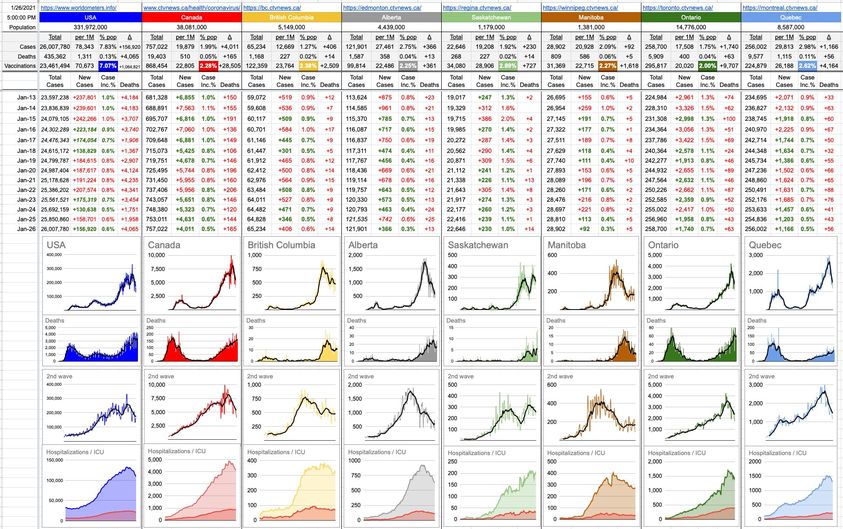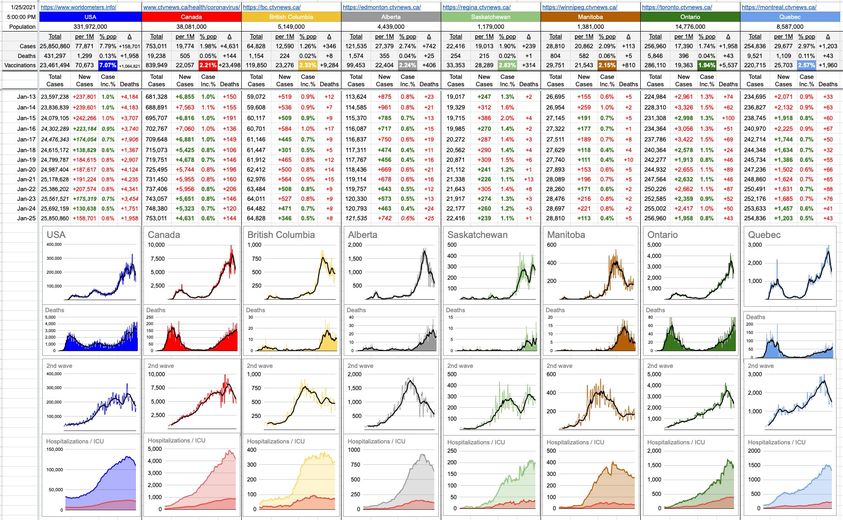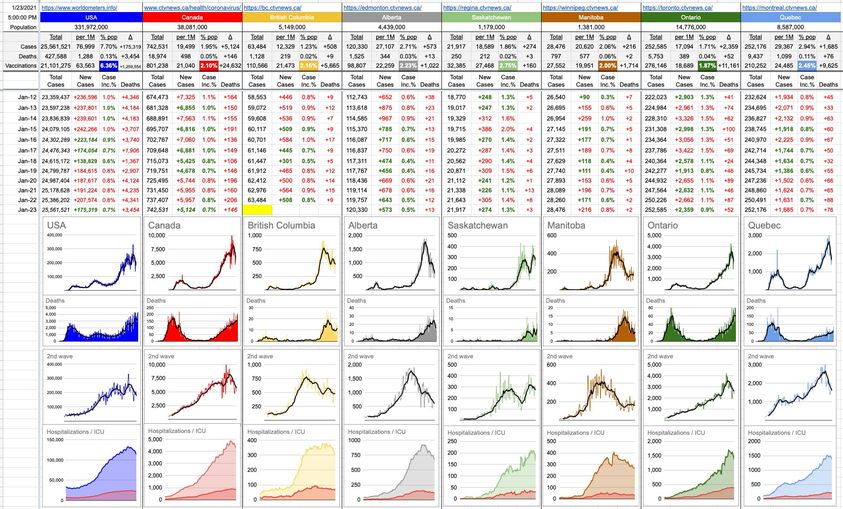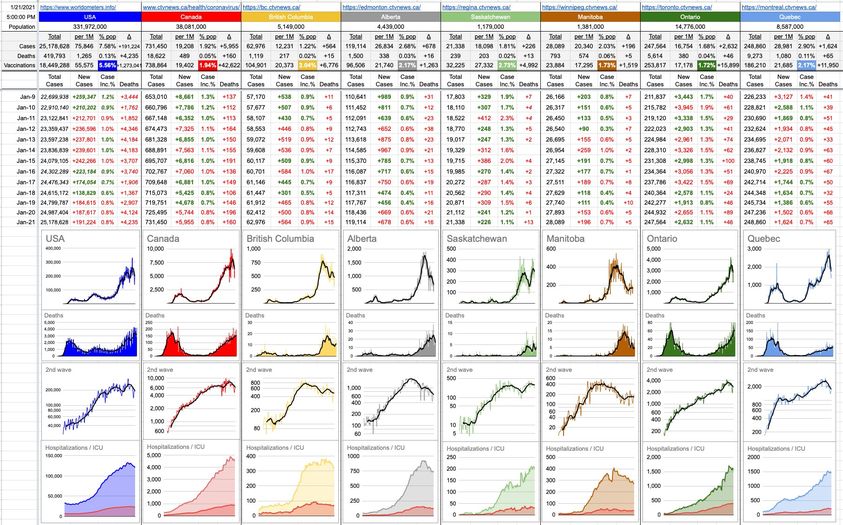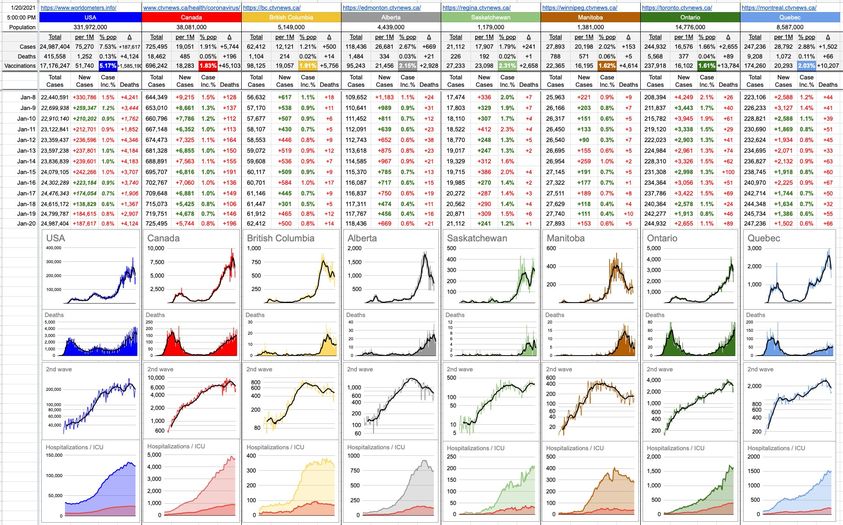January 26, 2021
There’s an episode of Star Trek:TNG where Captain Picard and the gang happen upon an odd planet… completely devoid of life, save for a small but picturesque patch of land where a peaceful, old couple (of humans) are living.
This guy (let’s call him Kevin) and his wife tell Picard that an alien race came by and wiped out everyone… except, for some unknown reason, them.
There’s far more to the story, but as it turns out, the alien who did the real wiping out was Kevin himself… who only looks human, but actually isn’t. Some aliens did come by and attack the colony… and Kevin’s wife was killed in the attack. Kevin, who’s actually a very powerful alien, took it upon himself to exact revenge by wiping out all of the aliens… and not just the ones that had attacked him, but he scoured the universe and found them all. Fifty billion aliens; the entire species wiped out. And now he was just trying to live his eternal life on this patch of land with a reconstructed illusion of his wife.
What do you do with a being that wipes out 50 billion others? Picard concludes that they, humans, are not qualified to be his judge… because there are no laws to fit the magnitude of the crime. Picard and The Enterprise leave, and he puts out the word to Starfleet; stay away from this planet. Leave Kevin alone. You really don’t want to piss him off.
Indeed, the punishment needs to fit the crime… and there are places in this world where that’s the case. Finland, for example… where in 2015, a successful businessman by the name of Reima Kuisla was caught doing 64MPH in a 50MPH zone… which translates to doing 103km/h in an 80 zone. That’s not even excessive speeding, and I’m sure more than one of you reading this today were on a highway today, where the limit is 80, and where you were exceeding 100. You’re lucky you didn’t get caught; that’s a $173 fine and 3 points.
Mr. Kuisla wasn’t so lucky… he got caught, and because of his Ten Million Dollar income, paid a fine of $80,000. To scale it down, that’s like someone making $50,000 a year being fined $400. Sounds about right… proportional fines, depending on the income of the perpetrator.
There are more extreme examples, but they seem to top out at… one million dollars. Yes, in 2010, a 37-year-old Swede had just taken possession of his new Mercedes SLS AMG in Germany and was driving it home. The cameras that clocked him only go up to 200km/h, which is what they captured… but the Swedish cops that caught up with him clocked him at close to 300km/h. He claimed he thought the speedometer of his new car was broken and that he was just putting it through its paces. Sure. That’ll be a million dollars, please.
Which brings us to a couple of local lowlifes, the ex-CEO and his actress-wife, whose actions have made them front-page news all over the world… and somewhat tarnished the view that all Canadians are thoughtful and polite.
It takes a lot of planning and a lot of disregard for others… to charter a plane, head to the middle of nowhere, lie repeatedly, and get into a vaccine line-up that’s supposed to be for, more than anyone else, indigenous elders. They lied about quarantining, they lied about why they were there, they lied about where they worked. And as soon as they got what they wanted, they high-tailed it out of here. Or, tried to… but that’s where piece-of-shit narcissists usually mess up. They’re so completely caught up in the ME ME ME of their existence that they forget everything and everyone else. Ten seconds after they got their vaccines, you can imagine hearing them saying to each other, “Let’s blow this popsicle stand”… and it was that urgent “straight to the airport” request that made people wonder… ok, who exactly are these people?
They were slapped with $500 fines, which is a joke… but, to some extent, like Picard… I’m not sure we have laws in place to punish this sort of thing appropriately. Like the Finnish businessman, the now-former CEO of Great Canadian Gaming Corp. made $10M last year. Is $80,000 an appropriate fine?
It’s a good start, but there needs to be more. A lot more. There are tens of millions of dollars to follow for that guy, thanks to stock options and the sale of the company… but it’s about a lot more than money. I’m not sure the answer is jail time; I think the answer is community service, and lots of it… and all of it in the community they affected.
Remote communities like Beaver Creek can probably use some help. Wash dishes at the restaurant. Mop up the airport. Or, actually, go work at that famous motel they don’t actually work at — and clean some rooms. Contribute back to the community, given that what you stole from them is difficult to pin a value on. Maybe consult with those indigenous elders from whom you stole the vaccine… and ask them what they need. And, might I suggest… you start with a series of apologies… to them, to their entire community, and to the countless others who deserve and need that vaccine ahead of you… but, like everyone else, are patiently waiting their turn.
36 Likes, 2 Shares


